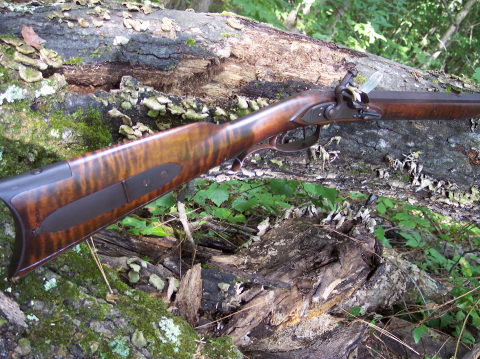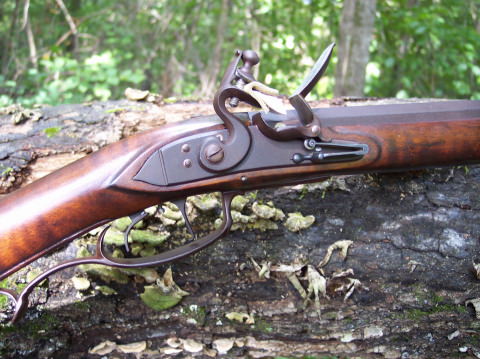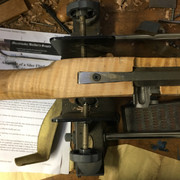- Joined
- Feb 2, 2015
- Messages
- 64
- Reaction score
- 7
https://ibb.co/mTkXdb
I thought I needed a .36 caliber so my barrel is 13/16. Obviously, this is going to make the wrist super skinny if I finish the side panel for the lock and sideplate normally. Before I go any further, I was wondering if there are any things I can do. I'd thought of making and welding or brazing on a small extension for the pan and bolster, but then the frizzen wouldn't fit. Other than minimize the relief on the panels, I can't think of anything. Nature of the beast I guess.
I thought I needed a .36 caliber so my barrel is 13/16. Obviously, this is going to make the wrist super skinny if I finish the side panel for the lock and sideplate normally. Before I go any further, I was wondering if there are any things I can do. I'd thought of making and welding or brazing on a small extension for the pan and bolster, but then the frizzen wouldn't fit. Other than minimize the relief on the panels, I can't think of anything. Nature of the beast I guess.





 . The face of the lock is now 1/32 or so below wood surface. That will help a lot when I file the bolster and put some fill under the rear of the lock. Thanks
. The face of the lock is now 1/32 or so below wood surface. That will help a lot when I file the bolster and put some fill under the rear of the lock. Thanks



